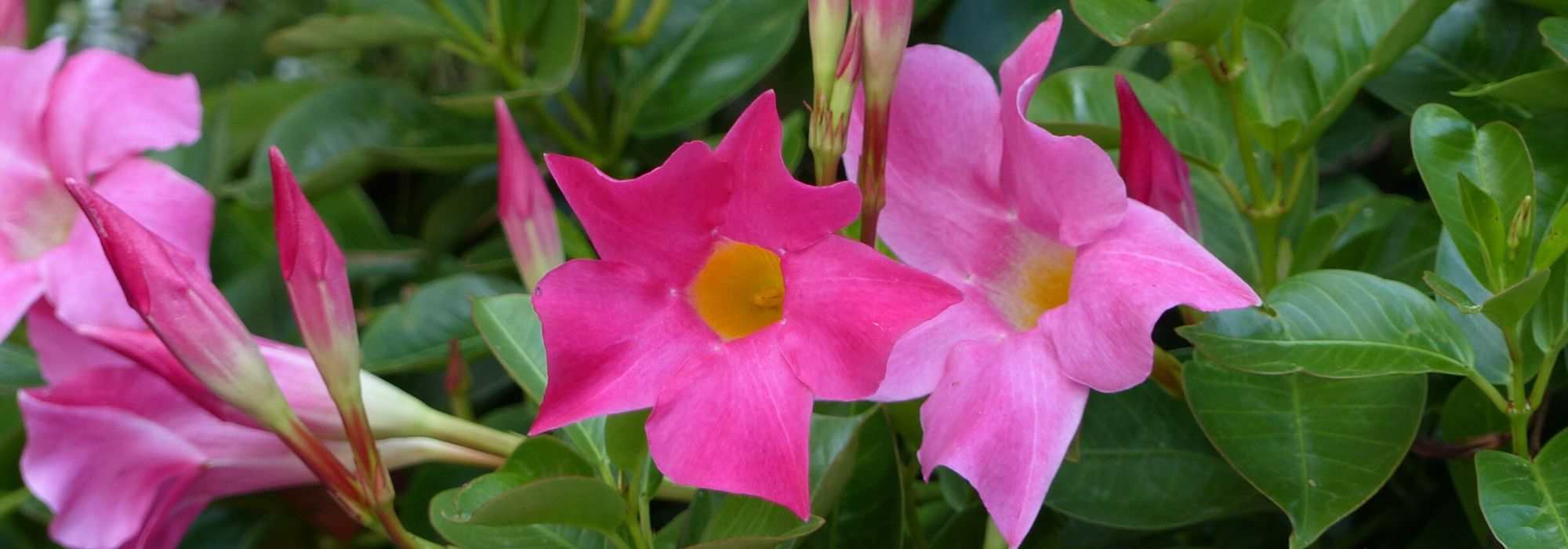
Dipladenia in winter: protecting it from cold
Our tips for a successful overwintering
Contents
Superb in a pot or planted in open ground, dipladenia, also called Mandevilla or Brazilian jasmine, is a lovely climbing plant.
In our climates, dipladenia can be grown as an annual. It is usually grown in a pot.
Although easy to grow, this plant requires particular attention when winter arrives. Indeed, native to Brazil, dipladenia does not tolerate sub-zero temperatures (although some varieties can survive a light frost) and must be protected from cold and frost in winter.
When should you bring your dipladenia in for winter? Where should you keep it during cold spells? What special care does it need? Here are our tips!
When to overwinter dipladenia?
Hardiness of dipladenias varies slightly between varieties. Be cautious and keep an eye on the thermometer once the warm season ends : when temperatures fall below 10°C at night, it’s time to bring your dipladenia indoors. This necessarily varies by region; in cold climates, plan to overwinter them at the end of October.
How to overwinter a dipladenia?
Overwintering dipladenia involves 3 stages :
- cleaning,
- winter pruning,
- storage or overwintering.
Step 1: cleaning
Before storing your dipladenia, it is important to clean it. On some varieties, leaves may yellow; make sure to remove them to keep dipladenia healthy.
Also keep an eye out for any pests that may be present. Most commonly these are aphids and scale insects. To eliminate them, nothing is more effective than traditional black soap mixed with water, applied by direct spraying.
Step 2: winter pruning
A winter pruning can be carried out: cut back stems to the 3rd or 4th node; spring flowering will be stimulated.
Step 3: storage
Even in winter, dipladenia has a vital need for light but must be kept at a moderate temperature (between 10 and 15 °C).
You can therefore store your pot in one of the following places :
- in a greenhouse that can be heated,
- in a conservatory,
- or in any other cool but bright room.
Remember that overwintering location for your dipladenia should be bright but only moderately heated.
During overwintering, it does not need much watering: let the substrate dry out thoroughly over winter before watering again. Avoid stagnant water in the outer pot or saucer.
Adding fertiliser is unnecessary at this time.
Dipladenia benefits from regular spraying of water, preferably soft water to avoid whitish marks on the foliage. Well placed in a sunny position, your plant may even produce some new flowering shoots which you can train onto a stake.
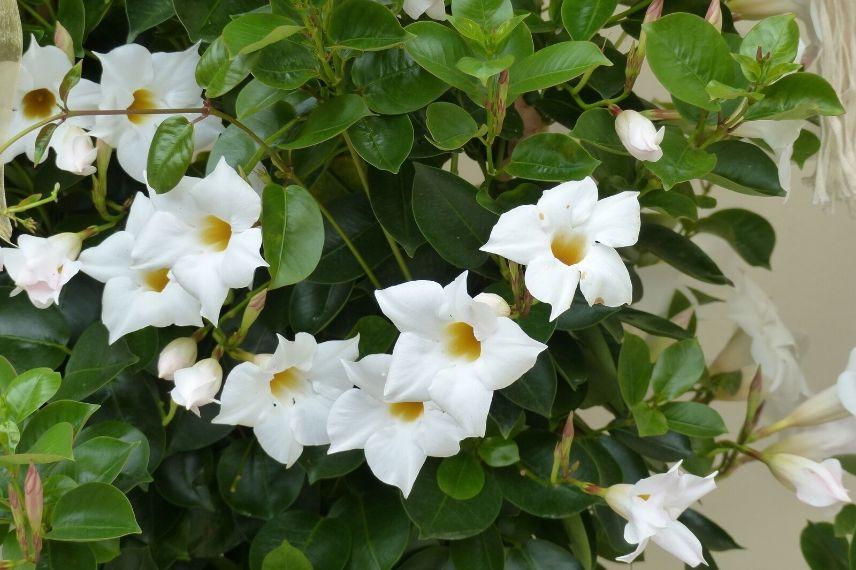
Discover other Dipladenia
View all →Available in 1 sizes
Available in 0 sizes
Available in 2 sizes
Available in 1 sizes
Available in 2 sizes
Available in 1 sizes
Available in 1 sizes
Available in 1 sizes
Available in 1 sizes
Available in 1 sizes
And when winter is over?
Once warm weather returns, don’t be too eager to put your dipladenia outside. Wait until night-time temperatures rise above 10°C before putting it back outside.
Caution: take it out gradually to reacclimatise it gently, first for a few hours during the day, then for a full day… and remember to bring it in at night!
- Subscribe!
- Contents
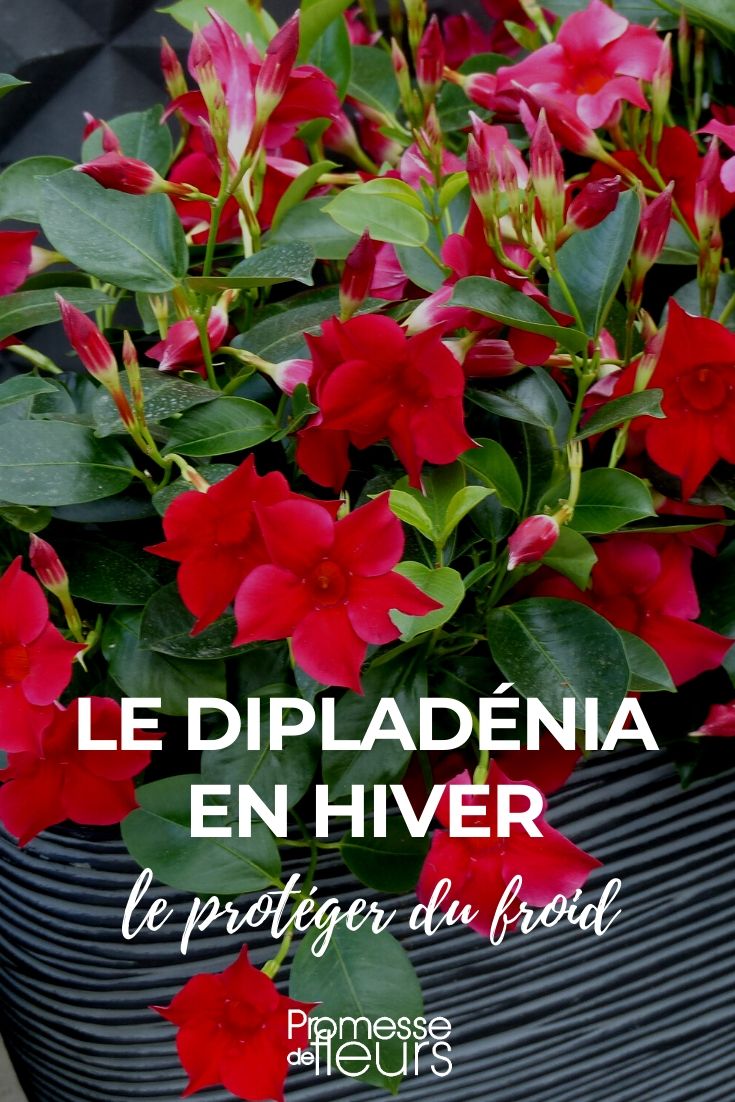































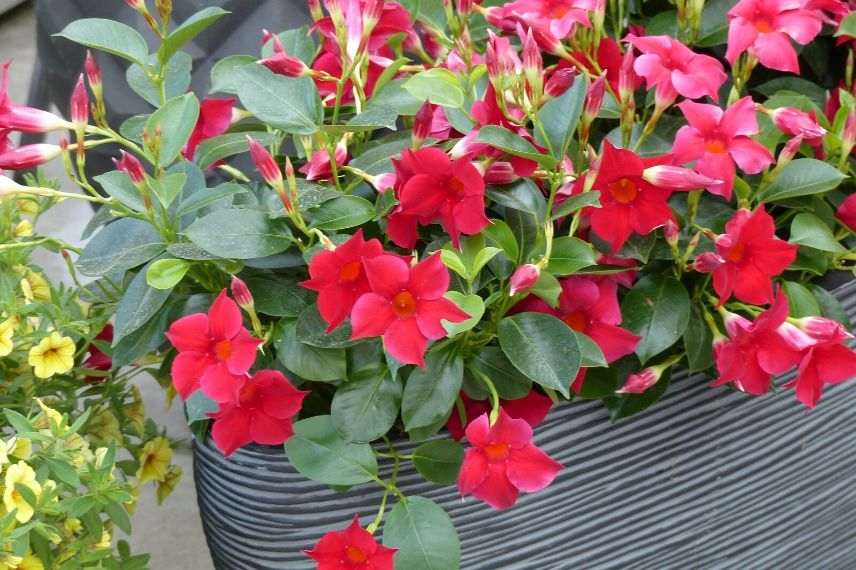
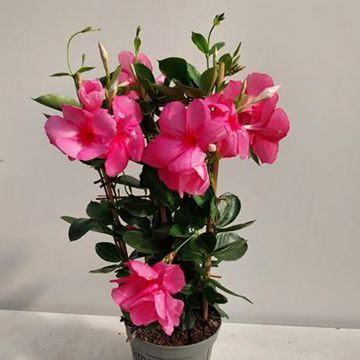
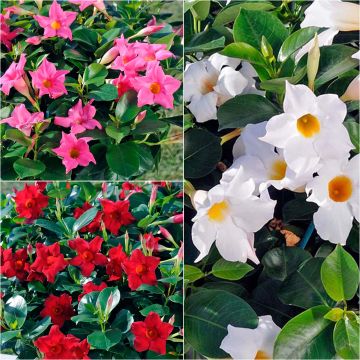
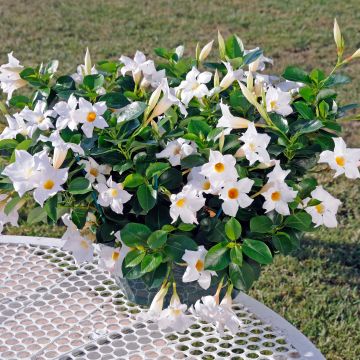

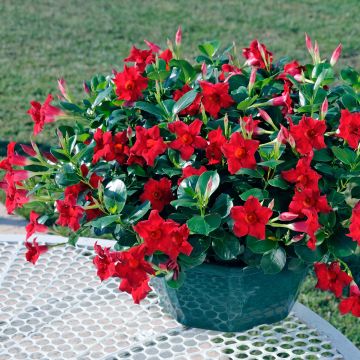
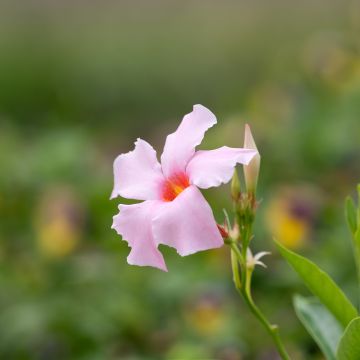
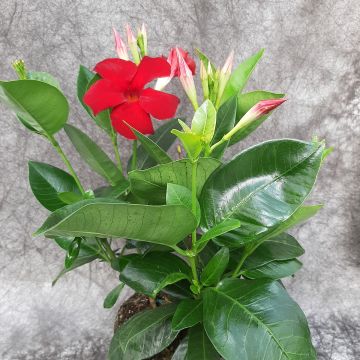
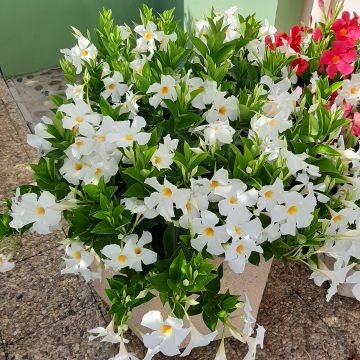
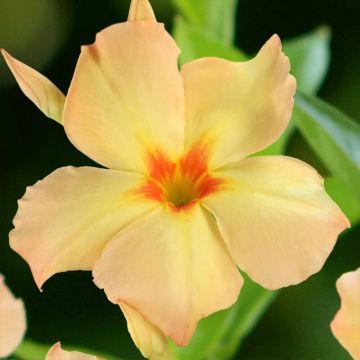
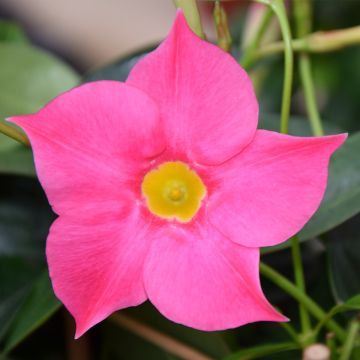
Comments